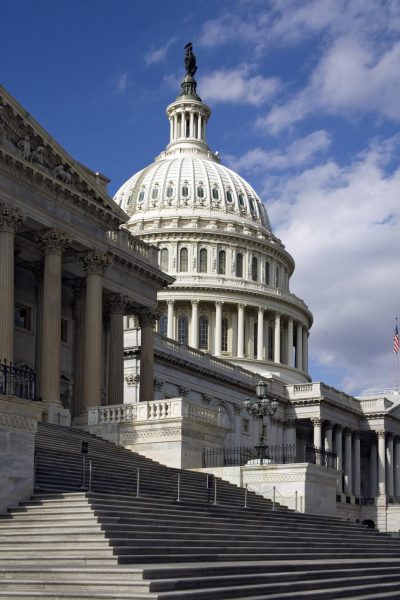The U.S. Environmental Protection Agency (USEPA) and the Department of the Army (Army) have proposed an updated definition of the Waters of the United States (WOTUS) Rule that clarifies federal authority under the Clean Water Act.
“Our proposal would replace the Obama EPA’s 2015 definition with one that respects the limits of the Clean Water Act and provides states and landowners the certainty they need to manage their natural resources and grow local economies,” said EPA Acting Administrator Andrew Wheeler. “For the first time, we are clearly defining the difference between federally protected waterways and state protected waterways. Our simpler and clearer definition would help landowners understand whether a project on their property will require a federal permit or not, without spending thousands of dollars on engineering and legal professionals.”
The proposal by the USEPA and Army is the second step in a two-step process to review and revise the definition of WOTUS to be consistent with President Donald Trump’s February 2017 Executive Order entitled “Restoring the Rule of Law, Federalism, and Economic Growth by Reviewing the ‘Waters of the United States’ Rule.” The Executive Order states that it is in the national interest to ensure that the nation’s navigable waters are kept free from pollution, while at the same time promoting economic growth, minimizing regulatory uncertainty, and showing due regard for the roles of Congress and the states under the Constitution.
The USEPA says the proposed WOTUS definition would provide clarity, predictability, and consistency so that the regulated community can easily understand where the Clean Water Act applies, and where it does not. Under the proposal, traditional navigable waters, tributaries to those waters, certain ditches, certain lakes and ponds, impoundments of jurisdictional waters, and wetlands adjacent to jurisdictional waters would be federally regulated. It also details what are not “waters of the United States” – areas that only contain water during or in response to rainfall (e.g., ephemeral features); groundwater; many ditches, including most roadside or farm ditches; prior converted cropland; stormwater control features; and waste treatment systems.
U.S. Secretary of Agriculture Sonny Perdue praised the announcement on behalf of the nation’s farmers and ranchers. “When I meet with the men and women of American agriculture, one of their chief concerns is always the overreach of federal regulations. The WOTUS rule is regularly singled out as particularly egregious, as it impedes the use of their own land and stifles productivity. Farmers and ranchers are exceptional stewards of the environment, and states have their own standards as well. This welcome action from the EPA and Army Corps will help bring clarity to Clean Water Act regulations and help farmers know where federal jurisdiction begins and ends. President Trump is making good on his promise to reduce burdensome regulations to free our producers to do what they do best – feed, fuel, and clothe this nation and the world,” says Perdue.
In response to requests from some states, the USEPA and the Army are exploring ways the agencies can work with our federal, state, and tribal partners to develop a data or mapping system that could provide a clearer understanding of the presence or absence of jurisdictional waters.
The agencies invited written pre-proposal recommendations and received more than 6,000 recommendations that have been considered in developing this proposal. According to the USEPA and Army, the agencies listened to those directly affected by the regulations, and the proposal balances the input the agencies received from a wide range of stakeholders. The agencies will continue to receive comments on the proposal listed as EPA-HQ-OW-2018-0149 for 60 days after publication in the Federal Register. More information, including a pre-publication version of the Federal Register notice, the supporting analyses, and fact sheets are available here.

